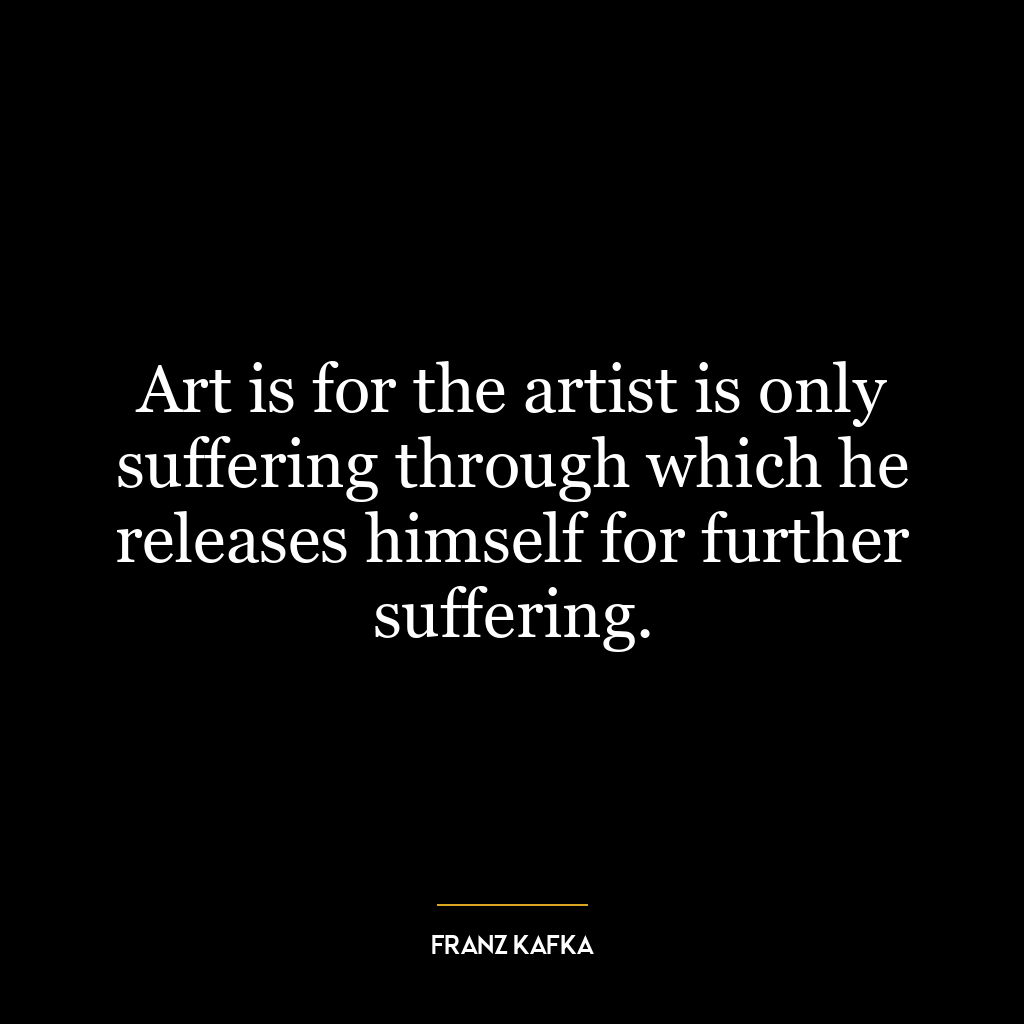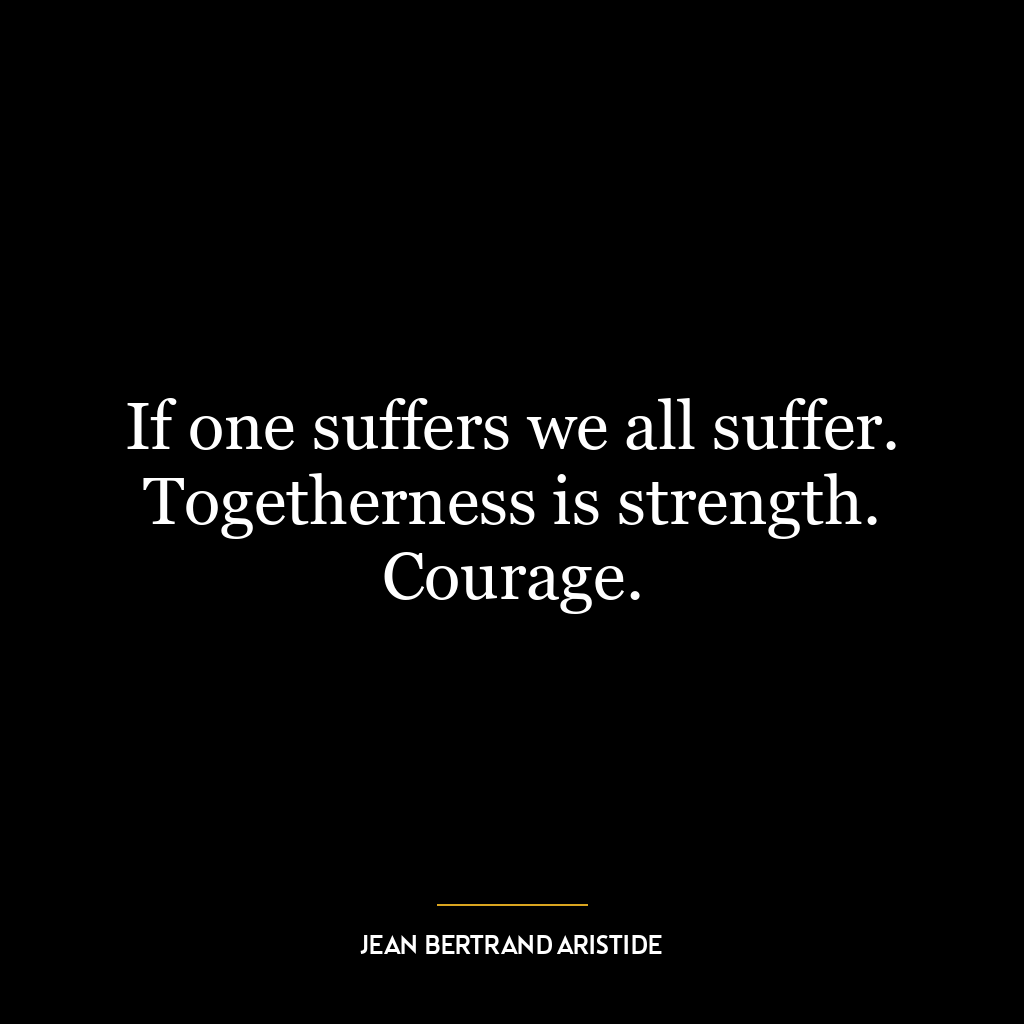Both formerly and now, it is only suffering that I describe, and the cessation of suffering.
This quote by Gautama Buddha is a fundamental principle of Buddhism, focusing on the concepts of suffering and its cessation. The term ‘suffering’ here refers to dissatisfaction, unease, or discontent that is inherent in human life. This can range from minor discomforts such as hunger and fatigue to more profound forms of suffering like illness, aging, and death.
The second part of the quote refers to ‘the cessation of suffering’, which is essentially the goal of Buddhist practice. It suggests that through certain practices and paths, it’s possible to end this cycle of suffering – achieving a state known as Nirvana. In this state, one is free from all forms of dissatisfaction or discomfort.
In today’s context or in terms personal development, this concept can be applied in several ways. Firstly, acknowledging that suffering exists – rather than denying or avoiding it – can be an important step towards personal growth. Recognizing our problems allows us to address them directly.
Secondly, understanding that we have the ability to cease our own sufferings encourages self-empowerment. It implies that we are not helpless victims but active participants who can change our circumstances through conscious actions like mindfulness practices or following ethical guidelines.
Lastly, striving for the cessation of suffering doesn’t necessarily mean seeking constant happiness or pleasure but finding contentment within ourselves regardless of external situations – a key aspect often emphasized in modern mindfulness and wellness movements.
Therefore while originally a spiritual concept from Buddhism thousands years ago; these teachings about acknowledging life’s discomforts while also striving for inner peace has universal relevance even today – whether it’s dealing with daily stressors at work/school/home or managing existential anxieties about life & death itself.















